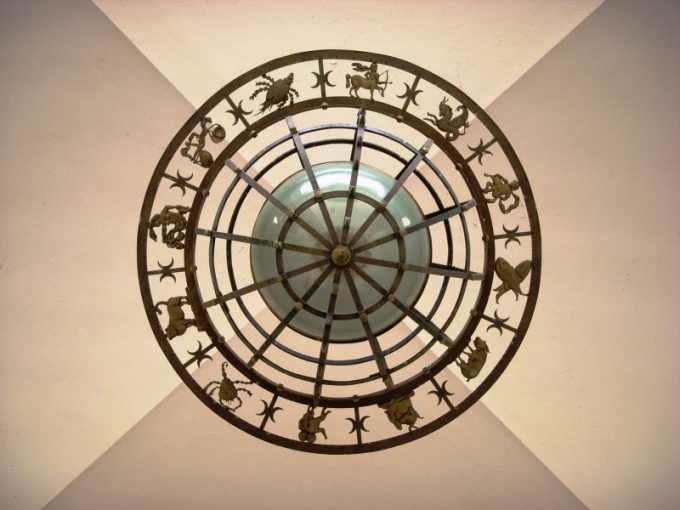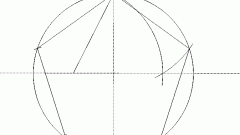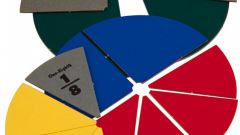You will need
- - a circle of the specified radius;
- - the angle of the sector.
- - drawing utensils.
Instruction
1
Draw a circle of a given diameter. If you need to calculate the area of the real object with the appropriate form, make the necessary measurements. Exactly the same as for the solution of the school problem in geometry, you need the radius and angle. The protractor is at hand it may be not always, so you can measure in any way the length of the arc, and from it calculate the angle. For computational convenience it is also possible to make a drawing.
2
Separate from the circle, the sector, having a 2 radius. To tackle school tasks do not necessarily accurately measure the angle, draw a conditional sector with conventional same size. You can use the data obtained to make an accurate drawing.
3
Most likely, in terms of the problem size of an angle given in degrees. You will need to convert it to radians. It is equal to the angle in degrees, multiplied by π and divided by 180°. You can find it by the formula Ar = AG* p/180°, where AG is the size of an angle in degrees, Ar — he, in radians.
4
Calculate the area of the sector. It is the size of the angle in radians multiplied by the radius squared and divided by 2. That is, S = (Ar*r2)/2.
5
To build patterns and other practical purposes, you might need to calculate the arc length of the sector. To do this, too, is possible through the size of the angle, expressed in radians. The arc length of the sector equals the angle multiplied by the radius. To Express this value with the formula L=Ar*r.
Useful advice
The sector may be curvilinear. In science and practical life, its area is calculated in different ways. In mathematics it is calculated using integral equations, which, of course, totally impractical in everyday life. To calculate, for example, a square piece of material for a part having the shape of a curvilinear sector, you only need a palette. The result is not very accurate, but sufficient in order to calculate the area of similar figures.
Area the apartment is designed for a certain activity, can also be in the form of a curvilinear sector. To determine its area, divide the sector on the right of the figure they calculate their area. The remaining part can also be measured using the palette, since they will be not so much.
Area the apartment is designed for a certain activity, can also be in the form of a curvilinear sector. To determine its area, divide the sector on the right of the figure they calculate their area. The remaining part can also be measured using the palette, since they will be not so much.


